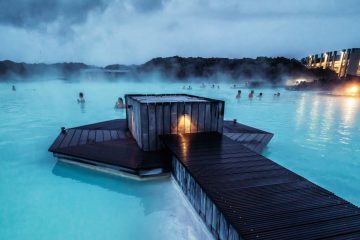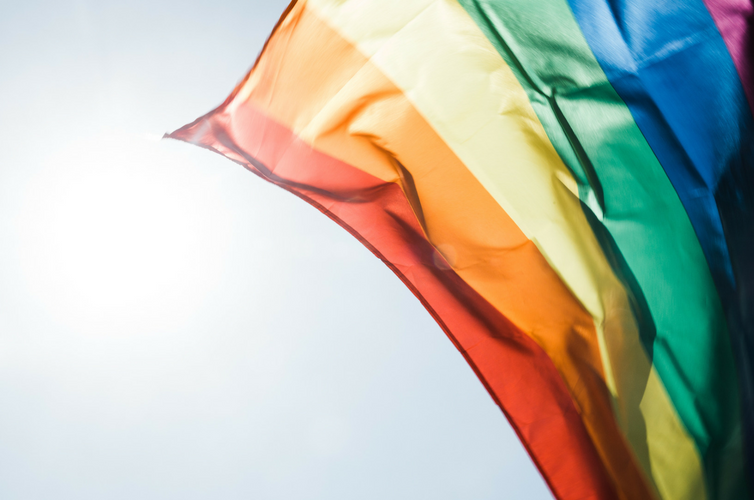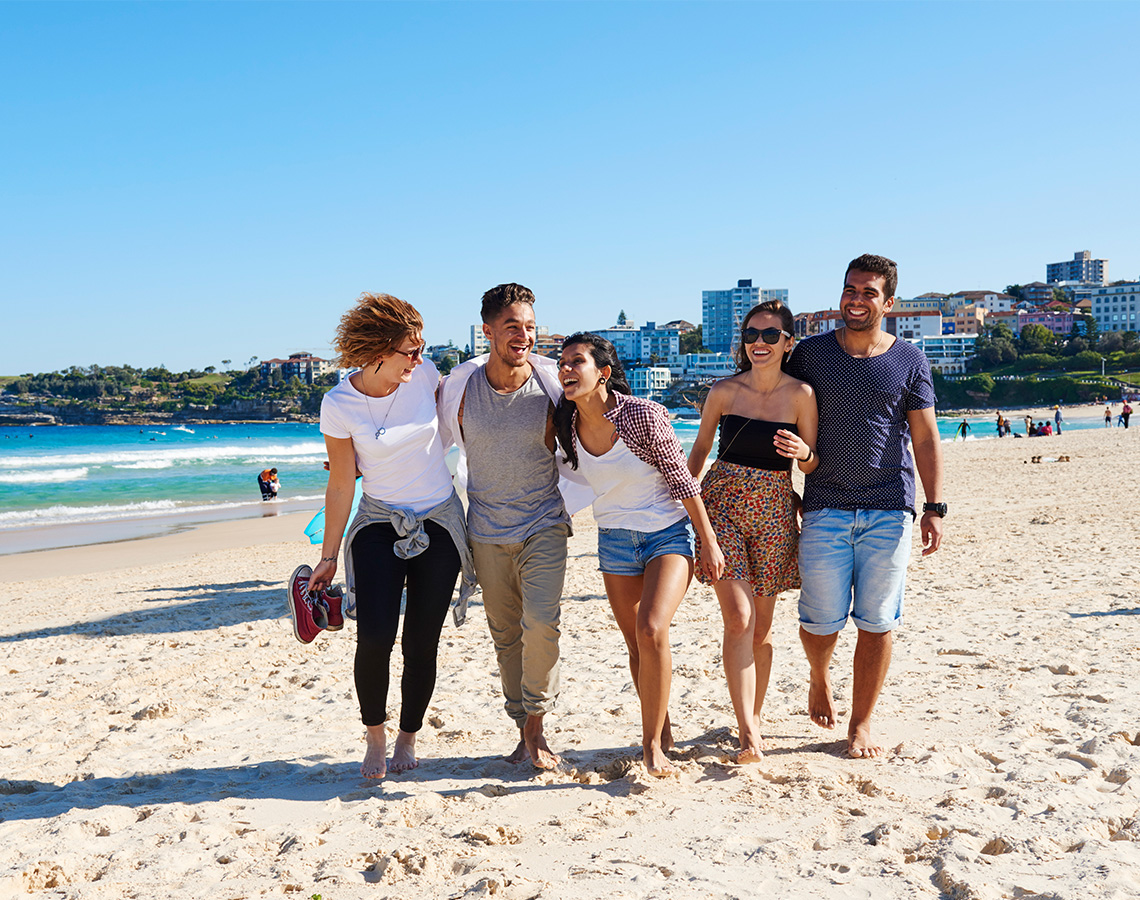Western Australia is Australia’s largest state and has a HUGE amount to see and do! The capital, Perth, is Australia’s sunniest city and it’ll offer you a welcome as warm as its weather.
This is one of the best places in the country to do a working holiday, not least because the regional government is currently offering the equivalent of £1,000 in travel expenses just for rocking up and getting a job. Find out more and apply here.
While the above is a good enough incentive in its own right to visit WA, there are plenty of other reasons to live and work here – for example, the incredible wildlife. In this state you’ll find a whopping 70% of all of Australia’s mammals, including the Australian Big Five.
Find out more about them below!
Kangaroos
Although kangaroos (possibly Australia’s most iconic animal) cover the entire country, the key is knowing where and when to look for them, as they can be oddly elusive, given their prevalence!
One of the most picturesque places to enjoy sightings of them is the famous area of Margaret River, known more often as a premium wine region but also home to kangaroos aplenty. If you head further south you can meet friendly kangaroos soaking in the rays on the white sand beaches of Lucky Bay, Esperance an area known for its beautiful beaches and turquoise waters.
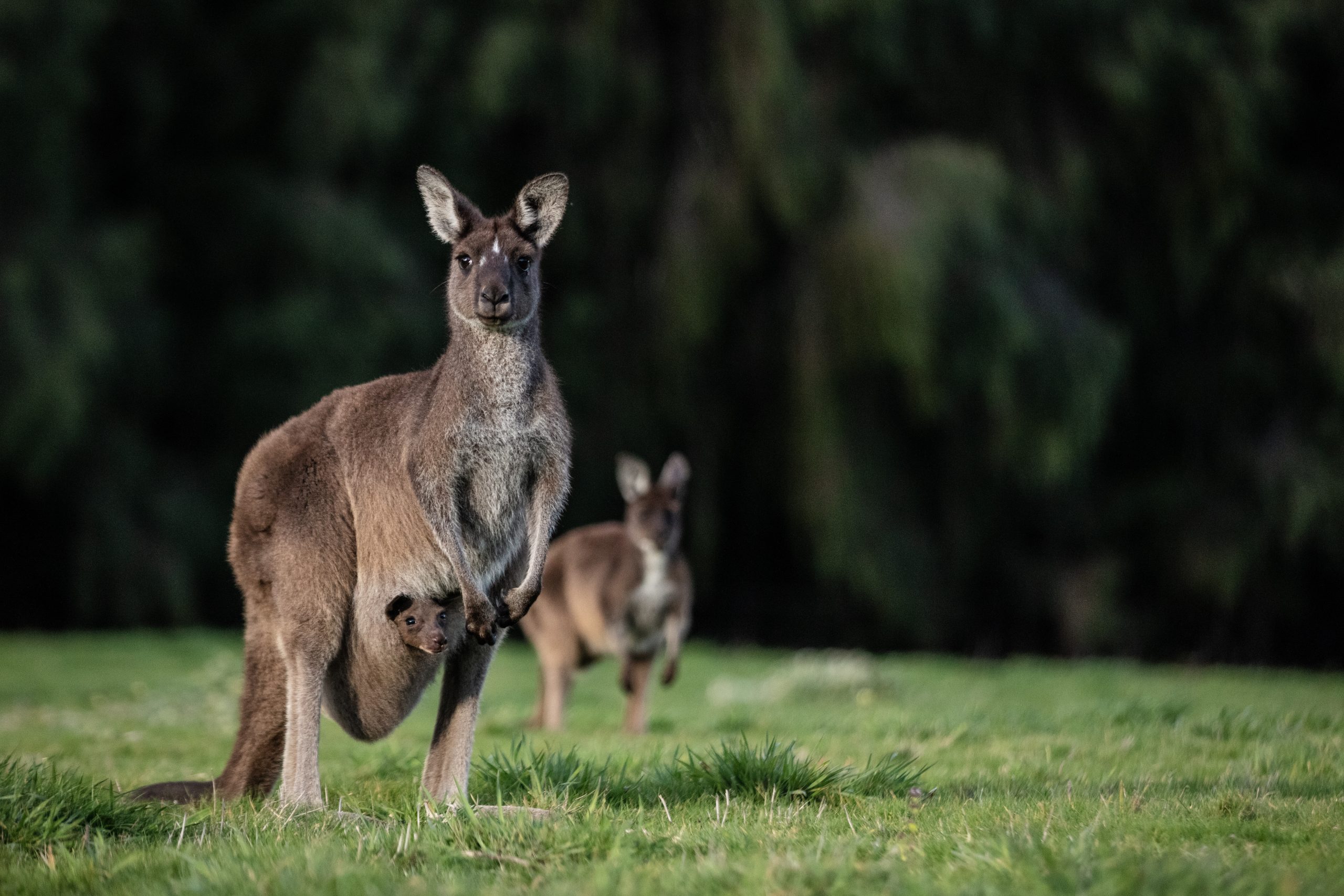
Kangaroos near the RAC Karri Valley Resort, near Pemberton
Quokkas
Western Australia is the only place on EARTH that you can see a quokka. Dubbed as the world’s happiest animals, on account of their cheeky grins, these charming creatures have taken the world by storm. You can find them on car-free Rottnest Island, a pocket of paradise only a short ferry ride from Perth.
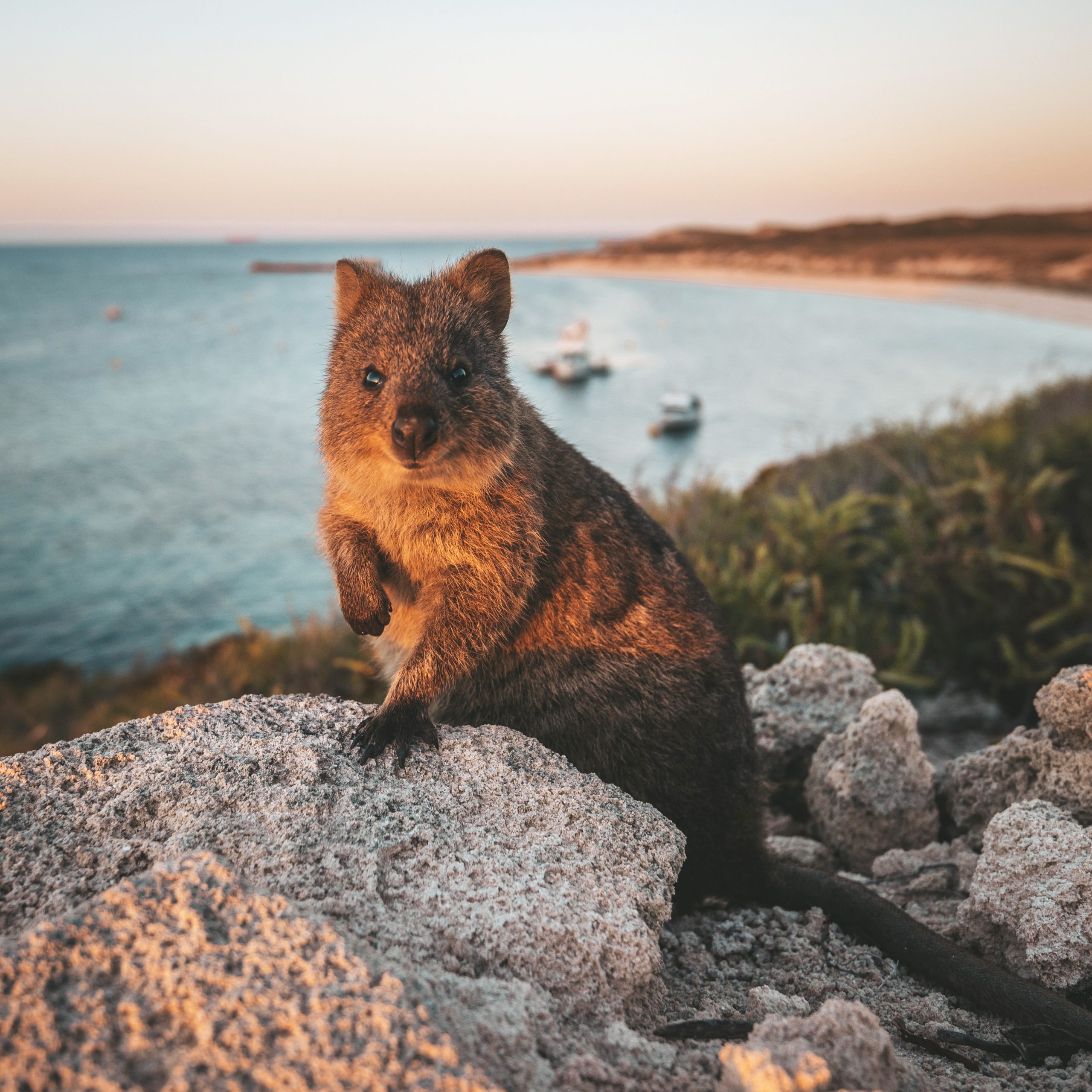
Quokka (Setonix brachyurus) on Rottnest Island.
Orcas
Orcas are magnificent creatures and Western Australia is lucky enough to host the largest visitation of killer whales in the Southern Hemisphere. The waters of Bremer Bay are rich with marine life, making the area one of the best feeding grounds in the world and therefore, one of the best places to see the orcas.
Full day expeditions depart from the remote harbours during January to April, during observation season. While you may encounter choppy waters the thrill of watching a pod of orcas in their natural habitat make it all worthwhile.

Whale sharks
Western Australia’s Ningaloo Reef is one of the most biologically diverse marine environments on earth and the area welcomes the whale sharks from March to July each year. At Ningaloo you can swim with gentle whale sharks, eco certified tour operators only a allow a group of up to 10 to interact with each gentle giant, giving the fish a respectful no touch berth of 10-13 feet.
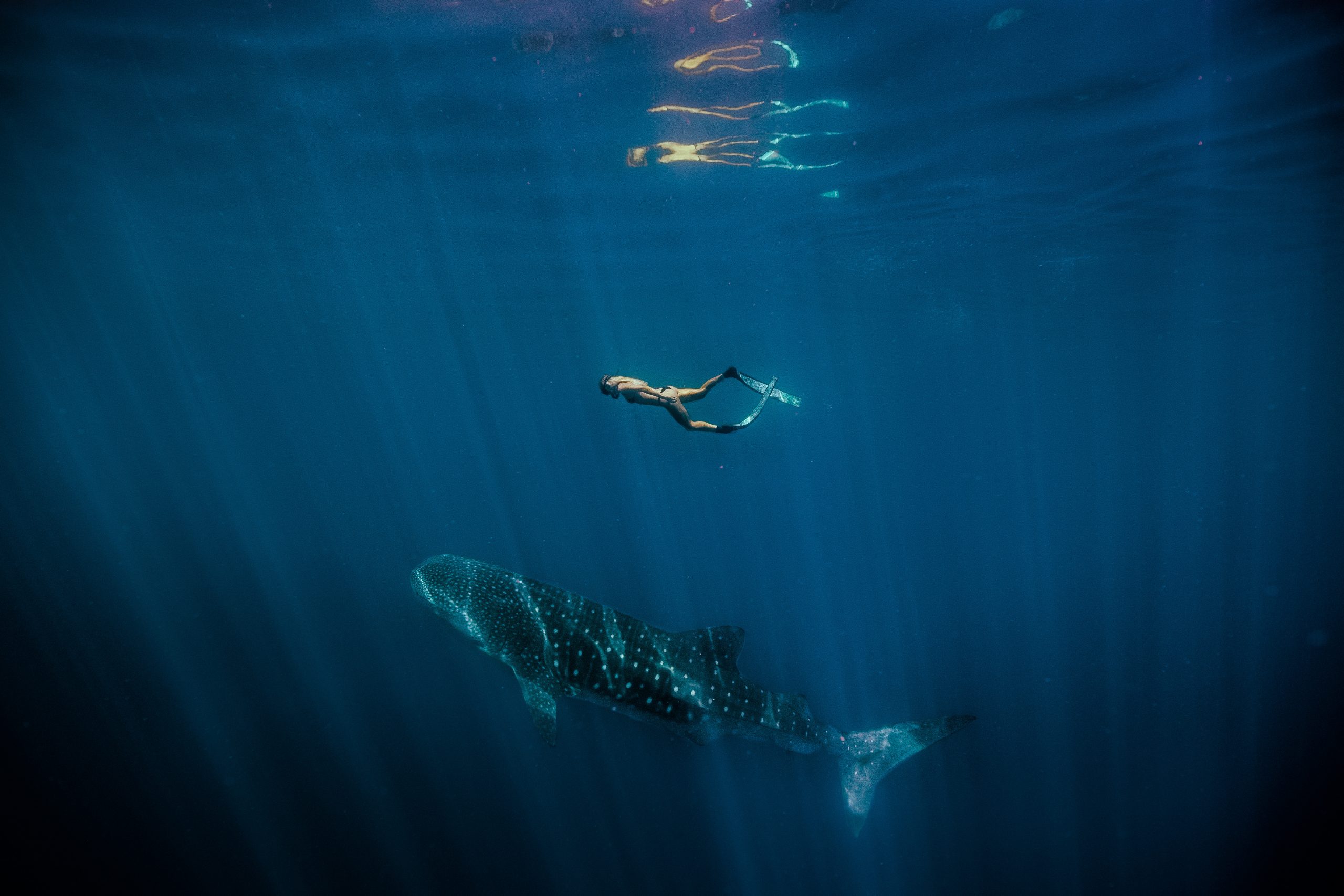
Female swimming with a Whale Shark (Rhincodon typus), Ningaloo Marine Park
In addition, these operators encourage visitors to engage in citizen science by sharing photos and observations. Whale shark sightings report a 97% success rate at Ningaloo as well as all the other underwater life you see in addition.
Humpback whales
There are more Humpback Whales in Western Australia waters than anywhere else in the world. An estimated 45,000 migrate along the coastline (otherwise known as ‘Humpback Highway’ from May to December) in what’s one of the longest whale watching seasons on the planet.
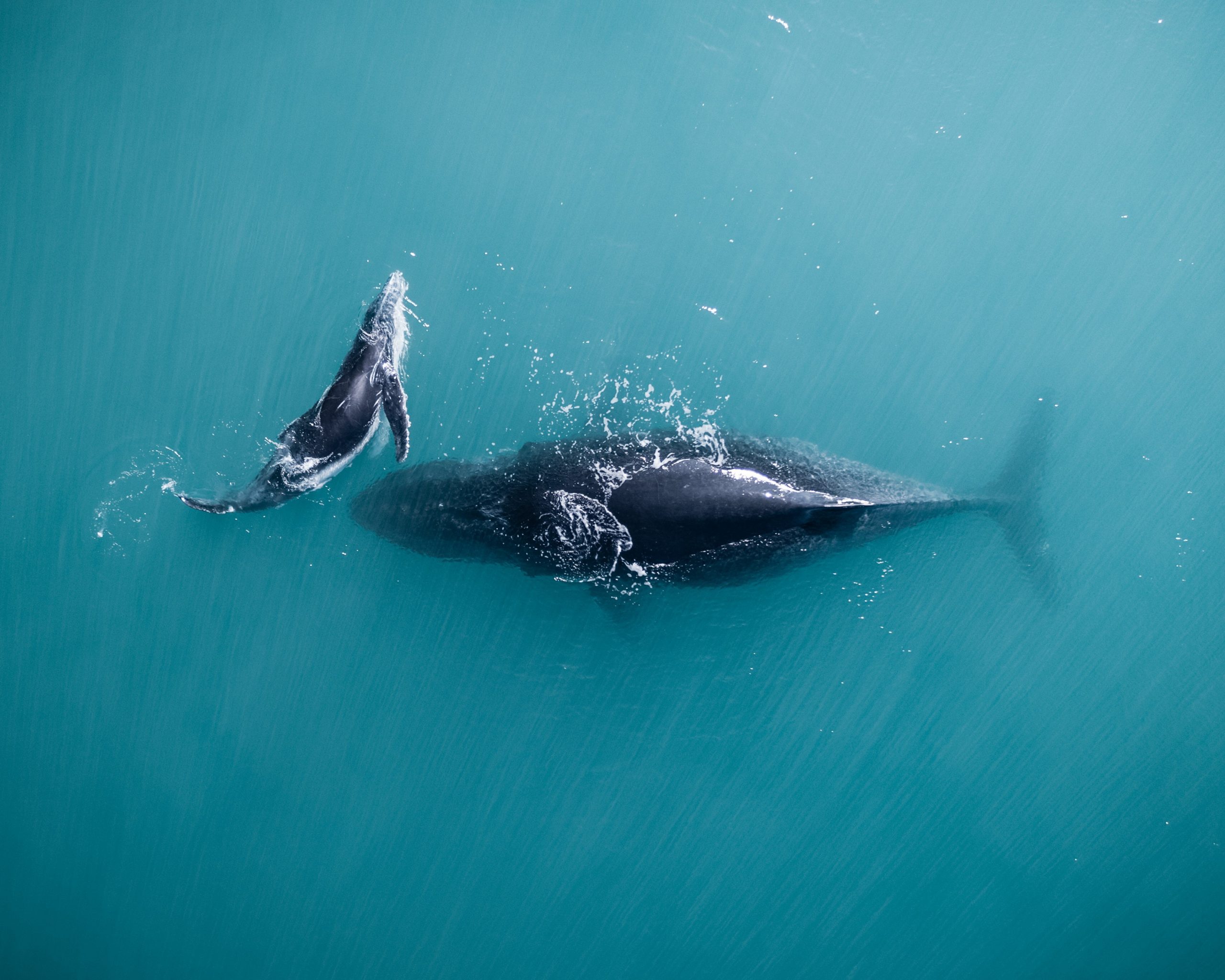
Aerial view of Humpback Whales, off the Dampier Peninsula coast
Key places to see the majestic Humpback whale include Albany for whale watching from late May to early October. Kalbarri – the North West of Western Australia sees whales from June to August, while from July to September they can be spotted in Broome. From September to November, whale watching tours depart from Perth as well as from Busselton 2.5 hrs drive south.
